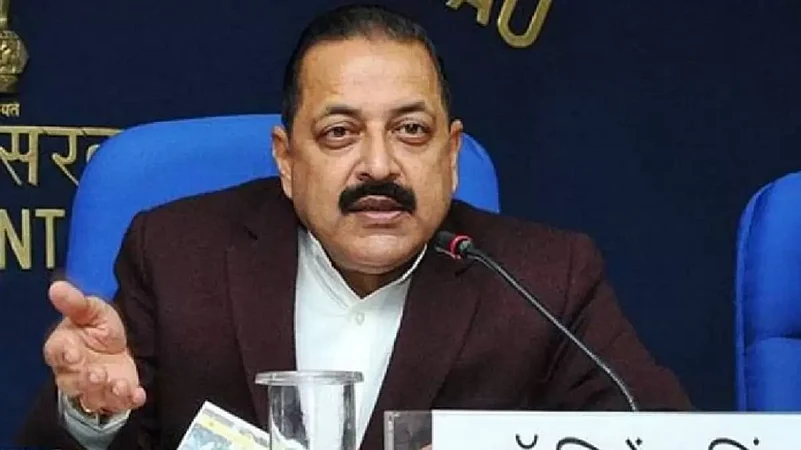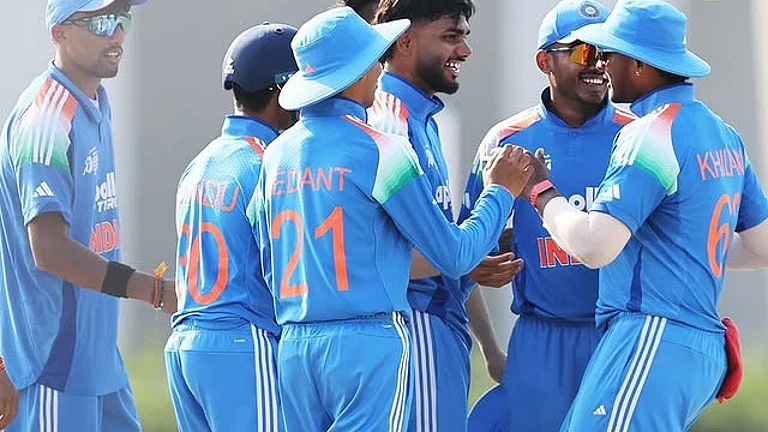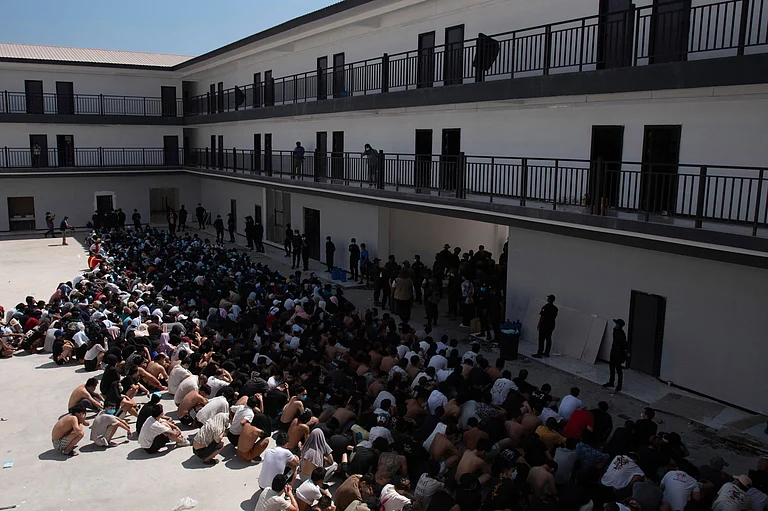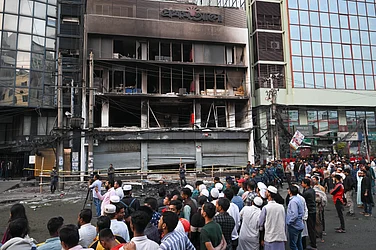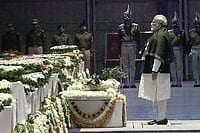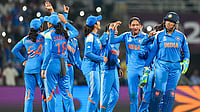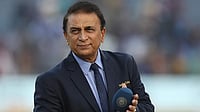The Indian Space and Research Organisation (ISRO) will launch two initial missions later this year under the 'Gaganyaan' programme followed by country's maiden human space-flight mission in 2024, Union Minister Jitendra Singh has said.
The second part of the 2023 mission will carry a female robot "Vyommitra" to space, the science and technology minister said.
In an interview with PTI, Singh said these missions were envisaged to be launched in the 75th year of Indian independence, but due to the emergence of COVID-19 these programmes were delayed by two to three years.
"The then ongoing training of our astronauts in Russia was stopped midway due to the pandemic," he said, adding that they were sent back to complete their training once the situation subsided.
"In the second half of this year, two initial missions will be sent under the Gaganyaan programme. One mission will be completely unmanned and a female robot named 'Vyommitra' will be sent in the second one," Singh said.
These missions will complete the whole process, he added.
The union minister said the purpose of these two missions is to ensure that the Gaganyaan rocket returns safely from the same route it took off. "After this, next year a man of Indian origin will go to space."
He said Rakesh Sharma, an Indian citizen, has already been to space, but that mission was launched by Soviet Russia, whereas Gaganyaan is an Indian mission.
"Gaganyaan mission will be the best example of self-reliant India. It will prove to be a milestone in the history of India's space travel," he added.
Prime Minister Narendra Modi had announced the Gaganyaan mission in his Independence Day address in 2018 at a cost of Rs 10,000 crore.
ISRO also plans to launch the Chandrayaan-3 mission to the moon in June next year. It is a successor to the Chandrayaan-2 mission that crash-landed on the lunar surface.
Answering a question on the status of Aditya L1, a mission to study the Sun, Singh said, “Preparations are going on smoothly. This will be the first mission of its kind in which research and study will be done on the Sun's atmosphere, its environment and all aspects related to it.
He said India's space journey began late as by the time the country started envisioning this dream, the United States and the erstwhile Soviet Union were preparing to land their citizens on the moon.
A few years back, Prime Minister Narendra Modi decided to open the space sector for public-private partnership, enhancing India's research and bringing it at par with America and Russia, the minister said.
Singh said today there are more than 130 startups in this sector and the private sector is launching rockets, giving "momentum to the space sector and encouragement and prestige to the scientists."
He said that today satellites of Europe and America are being sent into space from India's launching pads and ISRO has earned more than USD 56 million by launching American satellites alone.






